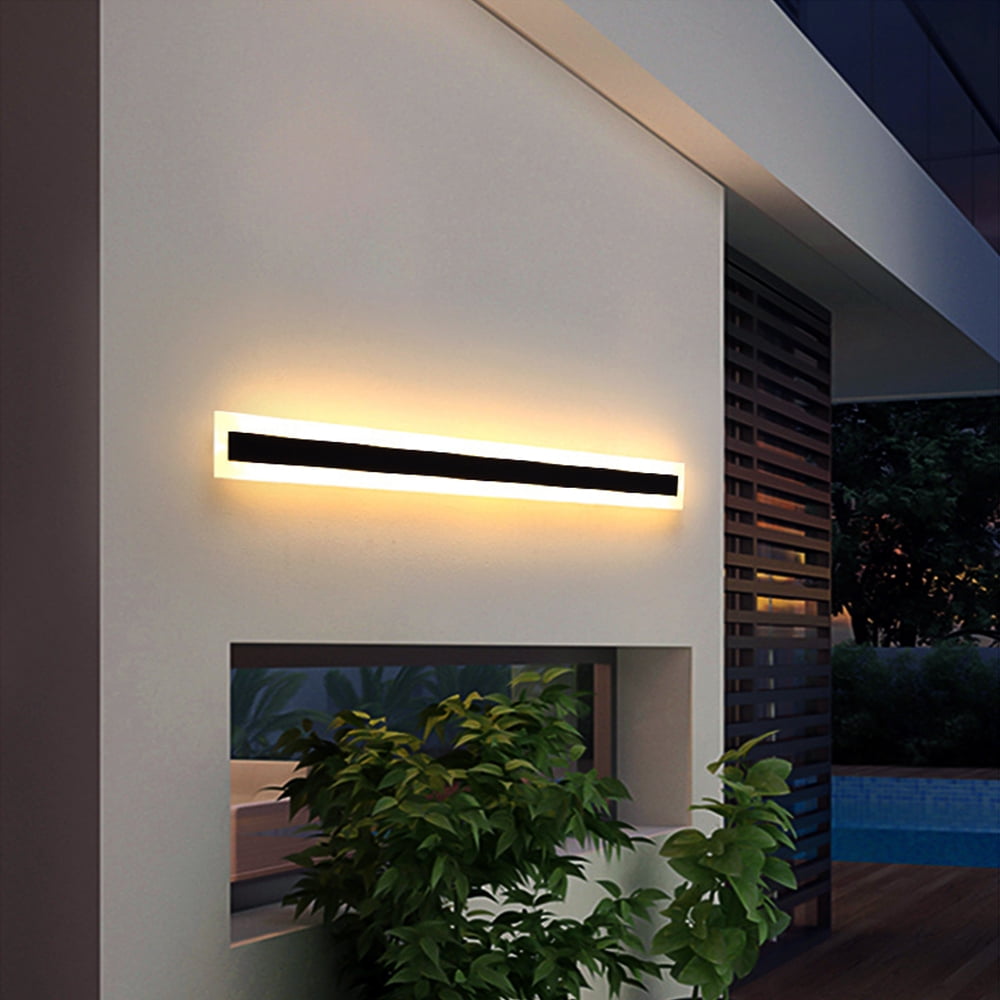Investigating the Key Elements That Influence Hue Uniformity in LED Panel Screens for Optimal Visual Output
Investigating the Key Elements That Influence Hue Uniformity in LED Panel Screens for Optimal Visual Output
Blog Article
Color uniformity in LED wall screens is crucial for attaining optimal optical output. LED wall panels are widely used in various environments, including concerts, conferences, and advertising displays. When the colors on these screens are uniform, they create a more captivating and immersive encounter for audiences. Several key factors influence hue uniformity, including the caliber of the light-emitting diode components, calibration procedures, and surrounding conditions.
The quality of the LED elements plays a major role in color consistency. Various types of light-emitting diodes produce light at varying wavelengths, which can affect the total hue result. High-quality light-emitting diodes are engineered to generate a more uniform light spectrum, resulting in improved color accuracy. Additionally, the manufacturing process of these LEDs can affect their performance. Screens made with high-grade materials and techniques tend to have fewer hue differences, guaranteeing that the shown pictures and footage look vibrant and faithful to reality.
Calibration is another crucial element in maintaining hue consistency in LED wall panels. Tuning involves adjusting the configurations of the screen to ensure that the colors shown align the intended design. This process can include adjusting luminosity, contrast, and hue equilibrium. Regular tuning is necessary, especially in settings where lighting conditions vary often. By calibrating the screens, technicians can fix any inconsistencies in color output, resulting to a more consistent viewing experience.
Environmental conditions also affect hue consistency in LED wall panels. Factors such as surrounding light, temperature, and humidity can affect how colors are perceived. For instance, intense browse around this site surrounding light can dull colors, making them appear less vibrant. Similarly, extreme heat can influence the performance of the LEDs, leading to color changes. To reduce these problems, it is essential to install LED wall screens in managed settings where lighting and temperature can be managed efficiently.
Lastly, the design and layout of the light-emitting diode wall panels can impact color uniformity. The configuration of the screens, as well as the spacing from which they are viewed, can create variations in color recognition. When panels are arranged too far apart or at different positions, viewers may detect discrepancies in hue. To achieve the best visual performance, it is important to take into account the positioning and arrangement of the screens during setup. By addressing these elements, operators can guarantee that their light-emitting diode wall screens deliver a consistent and high-quality visual experience.